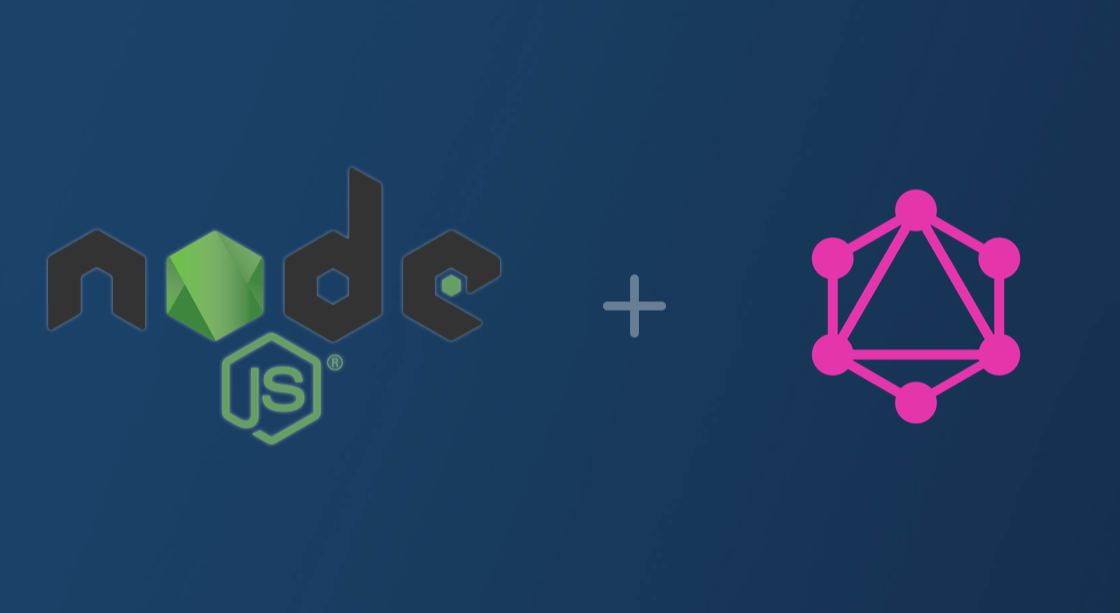We’ve already played with GraphQL a few times on the blog.
Always with great results as GraphQL is pretty awesome—and more in vogue than ever!
But we’ve mostly stuck to the frontend side of things, using existing APIs and built-in GraphQL implementations.
Here, I’ll be trying something different. For this, I need to jump to the obscure place that is server-side development.
More precisely, I’ll go on and craft a GraphQL server using Node.js Express.
To do so, I’ll leverage these tools to create and expose a simple API. For this use case, I’ll also throw in PostgreSQL as a database and the Join Monster library to optimize my queries.
The tutorial will cover:
- Creating a project for the API
- Building a GraphQL schema and resolvers
- Crafting an Express app
- Linking the GraphQL API to a PostgreSQL database
But let’s not get ahead of ourselves just yet. For now, let’s start with a few definitions.
What is GraphQL (& why should you use it)?
GraphQL is an API syntax that defines how to fetch data from one or many databases.

Since this query language for APIs was open sourced in 2015 by a small company named Facebook (which has used it for its mobile apps since 2012), a growing community has been supporting and developing it.
It has been created to solve some structural problems developers encountered when they started to create apps that were way more complex than before.
As for Facebook’s use case, they wanted to put all of the website features into the users’ hands, with their mobile apps, back in 2011. That’s when they started to think about a new way of doing things. A way that would make traffic between clients and servers simpler and more organized.
GraphQL was the result.

They made it possible to manage data over a single endpoint via HTTP. Each query you send to your API gets you exactly what you want. What I mean is that you’ll receive nothing more and nothing less on the other end than exactly what you need. The data required is determined client side instead of letting servers control it, helping to build apps that are way faster and more stable.
Its type schema system regroups all the data you can access under different fields, no matter where it is stored. You can relate these to one another to get the information needed in one simple request.
Important definitions
Here are some terms you’ll encounter in the tutorial below that needs to be fully understood before continuing on:
→ Query: A query is what a client sends to a server in order to specify the necessary data. For our upcoming use case, it would look like this:
{
players {
first_name
}
}
What you would get in return for this query are all the first names of the players of our fictional sport league.
→ Schema: The blueprint for communication between client and server. It specifies what queries clients can make, the types of data retrievable, and relationships between types.
→ Resolvers: A function applied to every field. It specifies how that field is connected to the backend and fetches data for that field from a database.
#node.js #express #graphql
